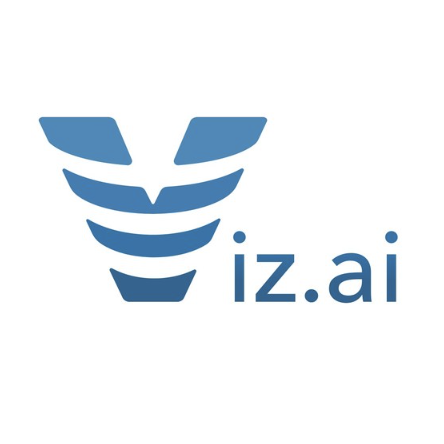
Startups today are increasingly adopting asset-light business models to maximize flexibility, reduce risk, and accelerate growth. But what does “asset-light” really mean, how can a startup achieve it, and what are the trade-offs?
What Does “Asset Light” Mean?
An asset-light business model is one where a company minimizes its ownership of physical assets – like servers, manufacturing equipment, vehicles, or real estate – and instead relies on third parties for these resources. The focus is on reducing capital tied up in assets, turning fixed costs into variable costs, and leveraging partnerships, outsourcing, and digital platforms to deliver value.
In practical terms, asset-light companies often:
- Outsource manufacturing, logistics, or other non-core functions.
- Lease or rent equipment and office space instead of buying.
- Use cloud-based software instead of owning IT infrastructure.
- Operate digital platforms or marketplaces that connect users without owning inventory (like Uber or Airbnb).
How Can a Startup Be Asset Light?
By focusing on core competencies and using external resources for other functions, startups can keep their costs lower, improve their return on assets, and stay agile for rapid growth. Some specific strategies startups use to become asset-light include:
- Outsourcing non-core activities. Focus on key strengths (like product design or marketing) and outsource manufacturing, logistics, customer support, accounting, IT, or HR to specialized partners.
- Leasing or renting assets. Use coworking spaces, lease equipment, or rent vehicles instead of purchasing them outright.
- Leveraging digital platforms. Build marketplaces or apps that connect buyers and sellers, service providers and customers, without owning the underlying assets (like e-commerce or ride-sharing).
- Turning fixed costs into variable costs. Hire freelancers or contract workers instead of full-time employees, and use pay-as-you-go cloud services.
Pros of an Asset-Light Model
An asset-light model lets startups scale more rapidly and avoid the costs of owning physical assets, offering significant advantages:
- Lower capital requirements. Startups need less upfront investment, making it easier to launch and scale.
- Greater flexibility. Companies can quickly adapt to market changes, scale up or down, and pivot as needed.
- Faster growth and scalability. Expansion into new markets or geographies is easier and faster, as adding capacity often just means onboarding new partners or vendors, or expanding cloud computing or storage.
- Reduced risk. Lower exposure to asset depreciation, maintenance costs, and market downturns.
- Attracts investment. Venture capitalists often prefer asset-light startups due to their scalability and high return on assets.
- Focus on core competencies. By outsourcing non-core functions, startups can concentrate on what differentiates them in the market.
Cons of an Asset-Light Model
An asset-light model can provide a lot of advantages for startups, but it can also present some challenges:
- Dependence on partners. Heavy reliance on suppliers or service providers can lead to problems like quality control issues or supply chain disruptions.
- Less control. Startups may have less influence over the production process, customer experience, or delivery timelines.
- Lower entry barriers. While low barriers to entry can be good for startups trying to establish themselves, that can also mean the model is easily replicable, increasing competition and making it harder to sustain differentiation.
Asset-Light vs. Asset-Heavy: A Quick Comparison
| Feature | Asset-Light Model | Asset-Heavy Model |
|---|---|---|
| Capital Requirement | Low | High |
| Scalability | High | Limited by asset capacity |
| Flexibility | High | Lower |
| Control | Lower (outsourced) | Higher (in-house) |
| Risk | Lower (less tied-up capital) | Higher (asset depreciation) |
| Barriers to Entry | Lower | Higher |
| Investor Appeal | High (due to scalability) | Lower |
Choose the Right Approach for Your Startup
An asset-light approach can be a strategic advantage, providing a way for startups to launch, grow, and adapt in today’s fast-changing business environment. By minimizing capital investment and focusing on core strengths, startups can achieve rapid scalability and attract investor interest. However, founders must carefully manage partner relationships and maintain quality, as increased dependence on third parties can introduce new risks.












